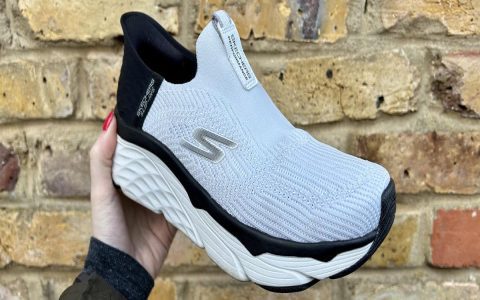Installing decorative building wrap featuring patterns like the Louis Vuitton motif requires precision, proper materials, and adherence to safety standards. Note that Louis Vuitton does not manufacture building wraps; this refers to custom or aftermarket printed architectural films applied for aesthetic purposes. Always ensure you have legal rights to use the pattern. Follow these steps:
Pre-Installation Preparation
Materials & Tools Required:
- Architectural film (LV pattern or other design)
- Surface cleaner & isopropyl alcohol solution
- Squeegee (felt-edged and rigid)
- Sharp utility knife & blades
- Heat gun
- Measuring tape & laser level
- Suitable adhesive promoter (if needed)
Step-by-Step Installation Process
1. Surface Assessment & Cleaning:

- Verify the substrate (e.g., ACM panel, wood, metal) is clean, dry, smooth, and structurally sound.
- Thoroughly clean the surface with cleaner followed by alcohol solution to remove grease and contaminants. Rinse and let dry completely.
2. Surface Measurement & Alignment:
- Measure the installation area accurately.
- Plan the pattern layout ensuring motif alignment across seams and surfaces. Use a laser level for reference lines.
3. Panel Preparation & Positioning:
- Unroll or position the film section near the installation area.
- Carefully peel back a small portion (6-12 inches) of the backing liner.
- Align the film precisely with your layout markings.
4. Adhesive Application & Squeegeeing:
- Gently adhere the initial exposed adhesive section to the surface.
- Using the felt-edged squeegee, press the film firmly from the center outwards, working diagonally to eliminate air bubbles. Apply even pressure.
- Gradually peel back more liner while continuing to squeegee, maintaining tension to avoid wrinkles.
- Switch to the rigid squeegee to ensure strong adhesion over the entire area.
5. Seaming & Overlapping:
- For multi-panel installations, overlap adjacent panels following manufacturer specifications (typically 1-2 inches).
- Use a straight edge and sharp knife to cut through both layers precisely at the overlap point.
- Remove the waste material, creating a perfect butt seam. Seal seams with appropriate sealant if necessary.
6. Edge Trimming & Detailing:

- Trim excess material along edges, windows, and fixtures using a sharp utility knife.
- Use a heat gun on a low setting to gently warm and conform the film around curved surfaces or edges, immediately pressing down with the squeegee. Do not overheat.
Post-Installation
- Inspect the entire installation under bright light for bubbles, wrinkles, or lifting edges.
- Reheat and re-squeegee areas requiring correction. Prick tiny bubbles with a pin and flatten.
- Allow the adhesive to cure fully (refer to manufacturer's datasheet for time/temperature requirements).
- Protect edges with compatible sealant if exposed to weather.
Critical Considerations: Surface preparation dictates longevity. Always follow the specific architectural film manufacturer's instructions and warranty requirements. Installation on complex surfaces requires professional experience. Verify local building codes and obtain necessary permits.





